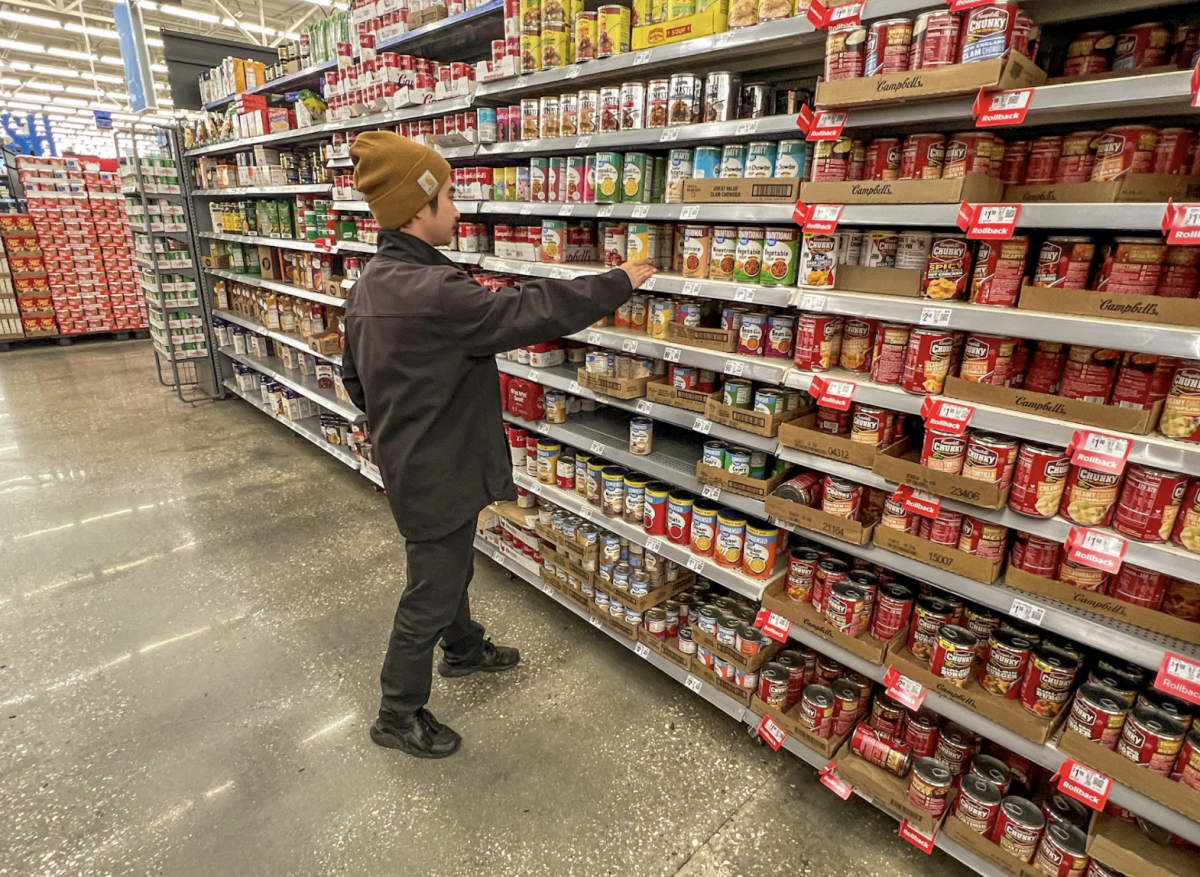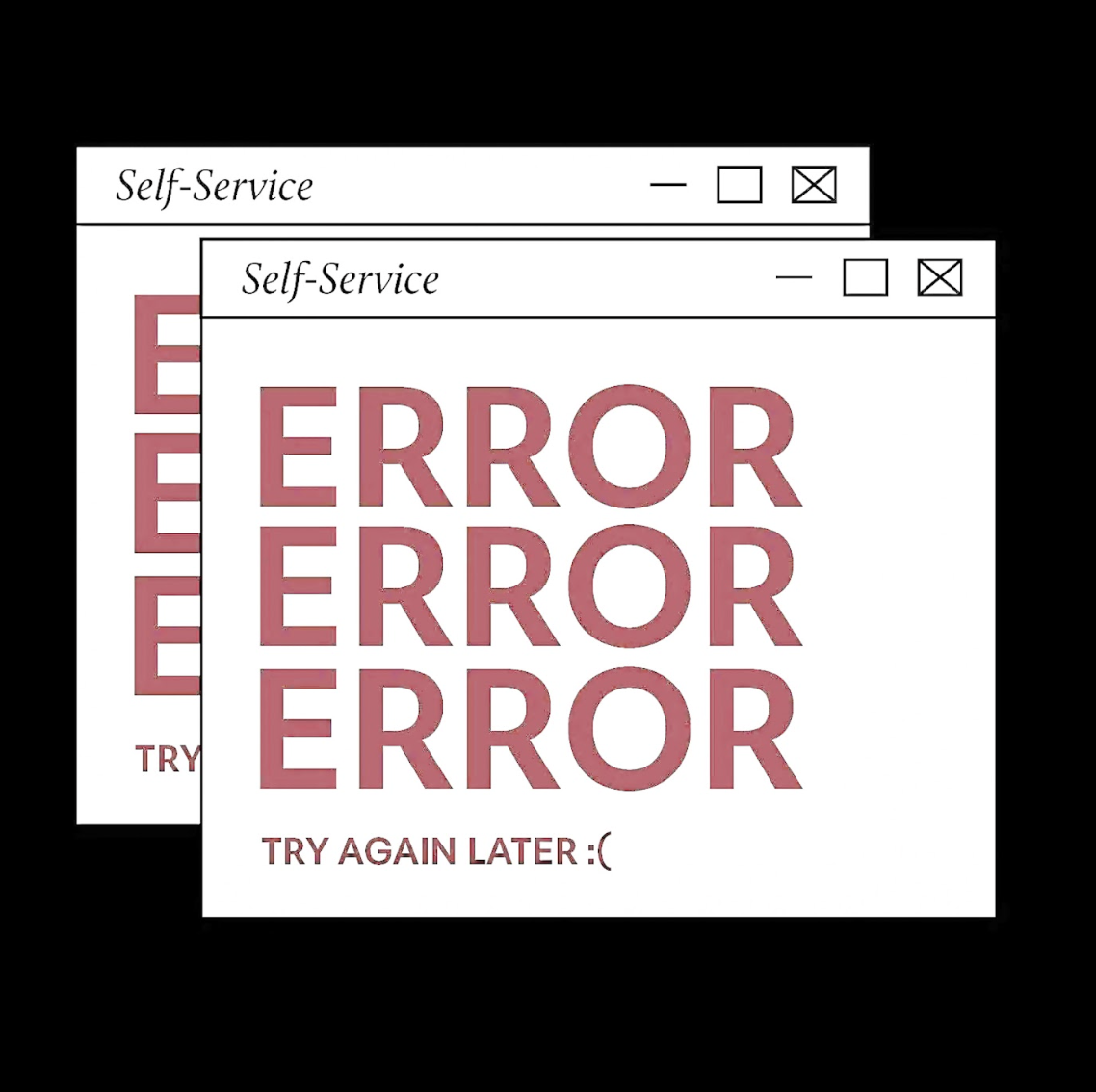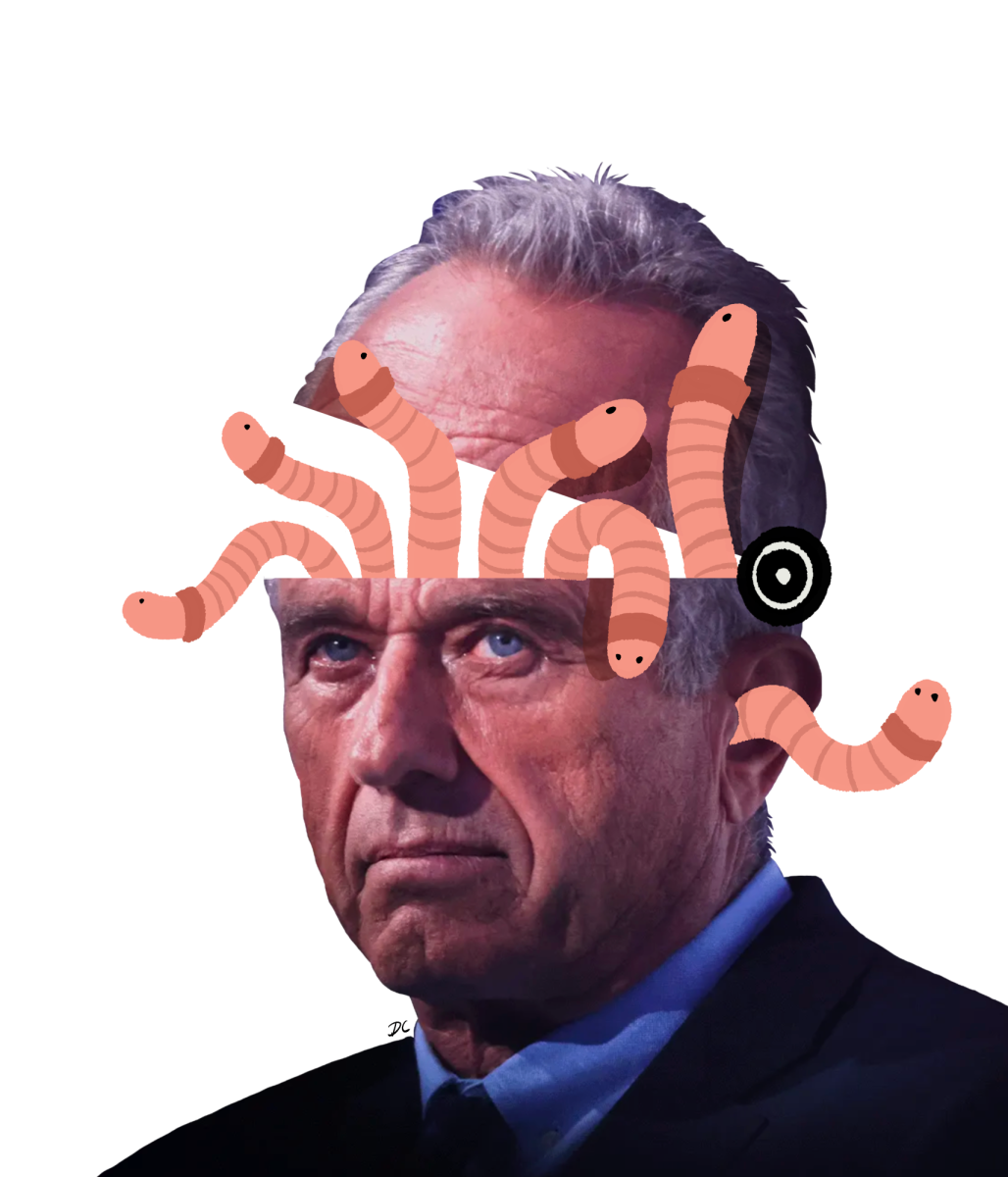J. Christopher Brown
jcbrown@loyno.edu
Loyola community member
Opium is one of the oldest effective drugs known to humanity. Its use goes back thousands of years.
It is prominently mentioned in the Odyssey: Odyseus and his men are blown off course by a huge storm, and arrive in the “Land of the Lotus Eaters.” Odysseus sends two sailors to scout out the territory, and when they fail to return he goes looking for them. He finds them happily partying with the locals and enjoying the fruit of the “Lotus,” which is probably opium, which fits the description of the effects described by Homer. The sailors are having such a good time that they don’t wish to continue their voyage home; they long to remain in the happy “Land of the Lotus Eaters” and keep eating lotus and reveling with their hosts. Odysseus has to drag them back to the boat and tie them up until they are all well out to sea, continuing their voyage home.
Opium is a plant product, collected from the sap of the ripe fruits of the opium poppy Papaver somniferum. The Latin name means “bringer of sleep.” The chemistry of opium is complex. Numerous different alkaloid drugs are extracted from it, among which are morphine, codeine, and heroin. In recent years various powerful semi-synthetic drugs have been invented, all based on the basic opioid structure and pharmacology. Fentanyl is one example recently much in the news. Serfentanyl is yet a more powerful semi-synthetic opioid drug; it is used for tranquilizing elephants and other large animals. Heroin is 10 times more powerful than morphine, Fentanyl is 100 times more powerful than heroin, and Serfentanyl is 100 times more powerful than Fentanyl.
The human body produces its own painkillers internally. This is why people suffering horrific injuries sometimes appear stunned and almost oblivious to their pain. These internal painkillers are called endorphins, and the brain contains endorphin receptors. When the endorphins bind to the receptors the sensation of pain is reduced. Opium also binds to these same receptors and also blocks the sensation of pain as endorphins do. In a medical setting, the administration of opioid drugs enables medical personnel to monitor and control the pain of patients more precisely, rather than relying on the endorphin effect alone.
Unfortunately, when opium binds to the endorphin receptors, the production of natural endorphins is greatly reduced. When the narcotics are withdrawn the pain can return with a vengeance. This is the mechanism of addiction and withdrawal symptoms. During the American Civil War, the most common treatment for most arm and leg wounds was amputation, and morphine was beginning to become a part of standard medical practice. The morphine was effective in controlling pain. Many thousands of veterans were discharged suffering chronic pain, resulting in a chronic addiction and constant search for more morphine. These men were the first modern medically created morphine “junkies.”
The pain relieving qualities of opium and its derivatives are inextricably bound to its capacity to cause addiction. Over the course of treatment, the human metabolism develops a tolerance to opioids, necessitating larger doses to achieve the same level of pain relief. When first administered, an intense euphoria or “high” often accompanies the relief of pain. Subsequent doses do not produce the same level of euphoria, another factor pushing people toward abuse and larger doses of opioids (morphine, heroin, Fentanyl, etc.).
Another effect of opioid drugs is suppression of respiration. Large doses of narcotics can completely suppress the ability to breathe unassisted. This does not present a problem in surgery or the Intensive Care Unit because machines can breathe for the unconscious patient. Outside of the hospital, these large doses of narcotics can lead to death from asphyxiation.
A major source of accidental death from overdose is the illegal nature of the underground narcotics market, because standard dosing cannot be relied upon as it is in medical settings. Therefore, the person buying black market narcotics has no way of knowing what the actual dosage is. The usual situation is that the percentage of actual narcotics in the illegal dose is reduced by the addition of inert substances, to make the product bulkier and more profitable. However, since there is no real quality control in the illicit market, sometimes the dosage is much larger than anticipated, leading to death by overdose.
Very recently illegal drug sellers have started adding Fentanyl to a mixture sold as “heroin,” but because Fentanyl is much more powerful than heroin alone, the likelihood of death from overdose increases. Serfentanyl is even more dangerous, because it so powerful in small quantities. These synthetic narcotics can now be easily made by illegal traffickers, who do not have the same knowledge or care for patients than nurses and doctors.














Marcus • Oct 22, 2016 at 12:54 pm
No more money, time & resources to keep fighting a drug war that’s raged on for decades without any tangible success, at all, & is causing massive amounts of problems all over the country. Harm reduction is what is needed. Policy must be made to stop the drug war with the objective of shutting down the black market. The drug war has failed. The drug war is driving the problems, not fixing them. Decriminalization/legalization is necessary, it needs to be backed up with public health announcements explaining exactly why it is needed. Its not in any way condoning the abuse of addictors, it is done bc the alternative, the drug war, has made things infinitely worse on almost every level, to include making drugs abundantly available to any & all that wants them.
We need to pull LE out of the drug biz – that will free up a lot of resources currently chasing their collective tails. When the laws create more harm and cause more damage than they prevent, its time to change the laws. The $1 TRILLION so-called war on drugs is a massive big government failure – on nearly every single level. Its way past time to put the cartels & black market drug dealers out of business. Mass incarceration has failed. We cant even keep drugs out of a contained & controlled environment like prison.
We need the science of addiction causation to guide prevention, treatment, recovery & public policies. Otherwise, things will inexorably just continue to worsen & no progress will be made. Addiction causation research has continued to show that some people (suffering with addiction) have a “hypo-active endogenous opioid/reward system.” This is the (real) brain disease, making addiction a symptom, not a disease itself. One disease, one pathology. Policy must be made reflecting addiction(s) as a health issue.
The war on drugs is an apotheosis of the largest & longest war failure in history. It actually exposes our children to more harm & risk and does not protect them whatsoever. In all actuality, the war on drugs is nothing more than an international projection of a domestic psychosis. It is not the “great child protection act,” its actually the complete opposite.
The lesson is clear: Drug laws do not stop people from harming themselves, but they do cause addicts to commit crimes and harm others. We need a new approach that decriminalizes the disease. We must protect society from the collateral damage of addiction and stop waging war on ourselves. We must implement policy that stops this war on ourselves. We need common sense harm reduction approaches desperately. MAT (medication assisted treatment) and HAT (heroin assisted treatment) must be available options. Of course, MJ should not be a sched drug at all.
Every human being is precious, worthy of love and belonging, and deserves opportunities to fulfill his or her potential regardless of past trauma, mental and emotional anguish, addictive behaviors or mistakes made.